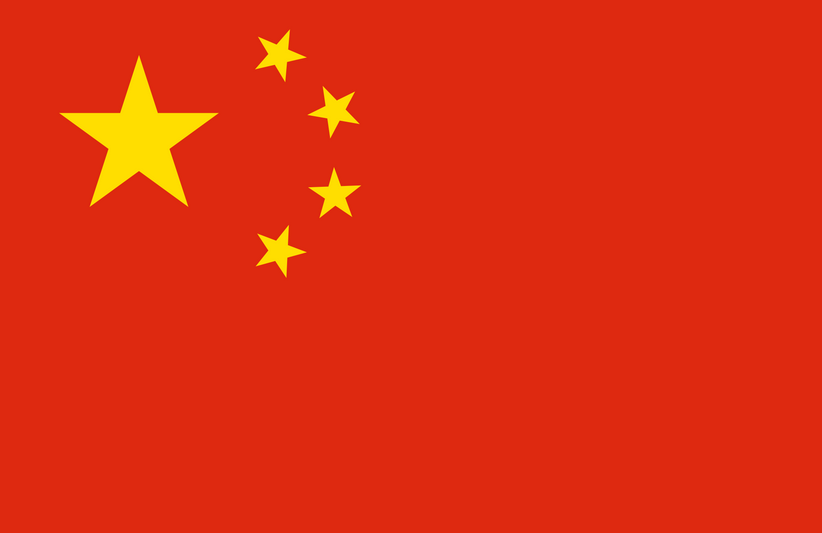
A view of the container terminal of Haikou Port in Haikou, south China’s Hainan Province, January 13, 2023. /Xinhua
Editor’s note: Noting that 2023 is the first year for fully implementing the guiding principles from the 20th National Congress of the Communist Party of China, the ongoing “Two Sessions” will grab the world’s attention. To better understand China’s development blueprint, CGTN has curated the “Towards China’s Modernization” series, and this is the seventh piece. Wang Dan is the chief economist at Hang Seng Bank (China). The article reflects the author’s opinions and not necessarily the views of CGTN.
Great changes have taken place in the international capital flow. In 2020, China’s share of global foreign direct investment (FDI) jumped 23 percent from the pre-pandemic level of 11 percent, while its share for the U.S. dropped from 15 percent to 10 percent. Europe’s share of global FDI shrank to 16 percent from the pre-pandemic level of 34 percent.
In 2021, the European share of FDI declined due to the energy crisis, only to show signs of recovery in 2022. In contrast, the U.S. was not affected much by the high energy prices in the same year as it was largely self-sufficient in energy supply. The U.S. economy was overheating, driven by massive policy stimulus. The U.S. share of global FDI in 2021 rebounded sharply to 25 percent, higher than that of China (21 percent).
ASEAN, the South-East Asia’s regional club, saw its share of global FDI steadily increase in the past few years. The trend was prominent in 2022. In the first three quarters of 2022, China’s FDI dropped sharply, accounting for only 12 percent of the global total. Meanwhile, ASEAN’s share increased to 14 percent, surpassing China for the first time.
But it’s widely believed that China’s share will not stay at such a low level in future years, as the severe influence by the COVID-19 pandemic has come to an end. Chinese companies are outsourcing some of the domestic work to other countries in the region and beyond. The regional trade agreement, Regional Comprehensive Economic Partnership (RCEP), will promote the industrial integration.
Three reasons are behind the transition in Asia’s supply chain. The primary cause is to avoid punitive tariffs from the U.S. There was also the mandatory requirement from the buyers on allocating at least some production capacity to regions outside China. For instance, Apple has shifted a proportion of Foxconn’s production capacity of electronics parts outside China. Additionally, companies would exploit low labor costs in less developed countries. The China-U.S. relation will have a weighty impact on the future industrial relocation.




